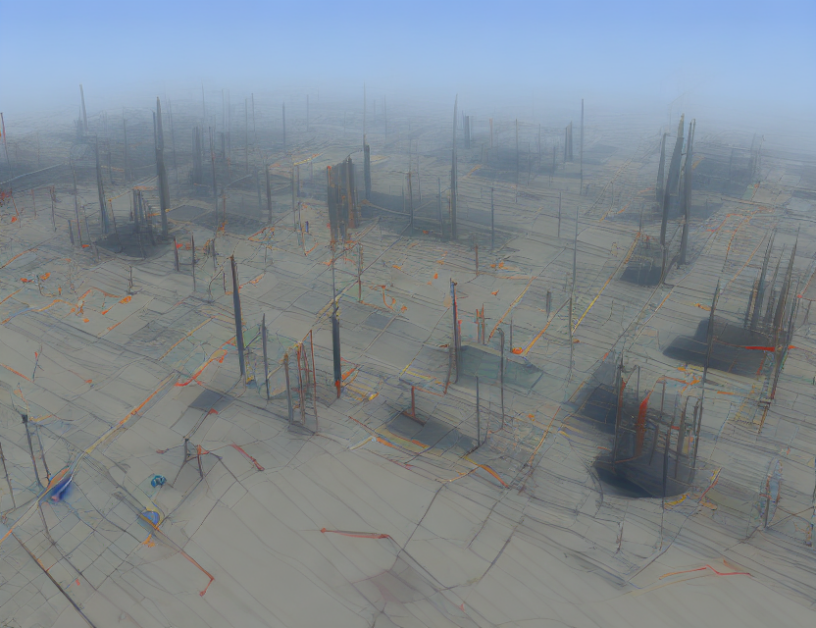Imagine you’re inside a spacious room with walls covered in tapestries, creating a unique sonic landscape. This room is called an "ART" matrix, which stands for "Artificial Reverberation Matrix." It’s a crucial component in immersive audio technology, designed to mimic the natural reverberation of sound waves in a physical space. The ART matrix is composed of rows and columns representing different surfaces within the room, each with its own unique acoustical properties.
The ARN (Artificial Reverberation Network) recursion matrix is a specific type of ART matrix that’s even more efficient and compact. It’s like a minimalist version of the ART matrix, with only the most essential surfaces included. By carefully selecting which surfaces to include, the ARN matrix can provide an accurate representation of the room’s acoustics while reducing computational complexity.
The structure of the ARN matrix is designed to simulate the way sound waves interact with different surfaces in a room. Each surface patch is represented by a set of numbers, known as taps, which describe how the sound wave is scattered or reflected when it hits that surface. By combining these tap values in specific ways, the ARN matrix can create a highly detailed and realistic representation of the room’s acoustics.
To understand why the ARN matrix is so efficient, imagine you’re at a cocktail party with multiple people speaking simultaneously. Each person represents a different surface patch in the room, and their voices are like the sound waves interacting with those surfaces. By carefully selecting which people to listen to, you can tune into the most important conversations without getting overwhelmed by all the noise. Similarly, the ARN matrix selects only the most relevant surface patches to include in its calculation, reducing computational complexity while maintaining accuracy.
In conclusion, the ART and ARN matrices are crucial components of immersive audio technology, providing a realistic and engaging sonic experience for listeners. By carefully designing and structuring these matrices, developers can create more efficient and effective audio systems that simulate the natural reverberation of sound waves in a physical space.
Designing Artificial Reverberation Networks with Control of Scattering and Early Reflections



